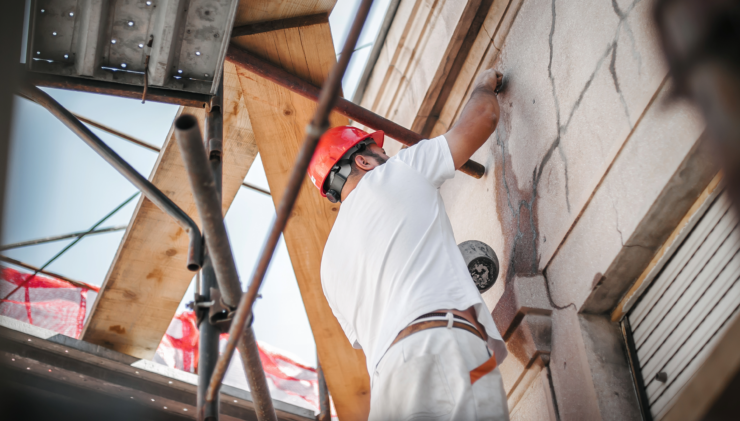 The Construction Industry's New Look at Women in the Workforce
The Construction Industry's New Look at Women in the WorkforceThey call it the “Silver Tsunami.” The American workforce is getting older, and it’s a change that’s forcing businesses to rethink and retool. According to the Bureau of Labor Statistics, employees over age 65 outnumber teenage workers for the first time since 1948, and by 2020, a quarter of the U.S. workforce will be 55 and older.
What’s behind this demographic shift?
Several things. Younger workers are staying in school longer. Older Americans are coming out of retirement or skipping retirement altogether, either by choice or by necessity. People are living longer. For the first time in history, there are four generations of employees in the workforce.
Older workers: positive or negative for businesses?
Some employers still buy into the stereotype of an older worker as someone with years of experience but with possible health issues, outdated skills, and higher salary requirements. In other words, not the ideal job candidate.
But that’s not the case according to a 2015 study Aon Hewitt conducted for AARP. Older workers bring a great deal of value to the workplace, with traits that are highly sought after in today’s economy such as experience, knowledge, perspective, professionalism, and conscientiousness. The 2015 study also found that older workers have a higher level of engagement than their younger coworkers, and a more engaged workforce means higher productivity, less absenteeism, less employee turnover, and fewer safety incidents.
How is the “silver tsunami” impacting workers’ compensation costs?
The health and safety issues that accompany an older workforce are a genuine concern for employers. As workers age, their bodies begin to break down. They experience more incidents of strains and sprains. They develop disabilities, or their existing disabilities become more evident. They’re at growing risk of comorbidities such as obesity or diabetes that can complicate treatment, prolong recovery from injuries, and drive up claim costs. According to the Safety National Casualty Corporation, workers’ compensation claim costs average 73 percent higher for workers over the age of 45.
That’s huge, and injuries to aging workers will continue to be a driving factor in increased claim costs over the coming years and decades.
How will you accommodate the aging workforce while keeping workers’ compensation costs down?
It starts by understanding the motivations, skills, communication styles, and learning curves of older works, and creating an environment that welcomes them and keeps them safe. Here are seven tips:
- Develop and implement clear strategies for hiring and retaining older workers
- Require your managers to undergo aging workforce management training
- Offer education and training specifically for older workers
- Create new positions or adapt old ones to better accommodate older workers
- Retrofit workplace ergonomics to be more age-friendly, such as moving overhead storage to eye level
- Allow flexible work schedules and generous use of leave time
- Provide work-from-home options
If you want your business to survive and thrive today, you need to be willing to ride the waves of change. While an aging workforce presents new challenges, companies that are proactive about adapting can enjoy the full value older employees bring to the workplace, while still keeping costs down.
Need more advice on accommodating an aging workforce while fighting out of control workers’ compensation costs? Call the risk management professionals at Heffernan Insurance Brokers today at 1-800-234-6787.



